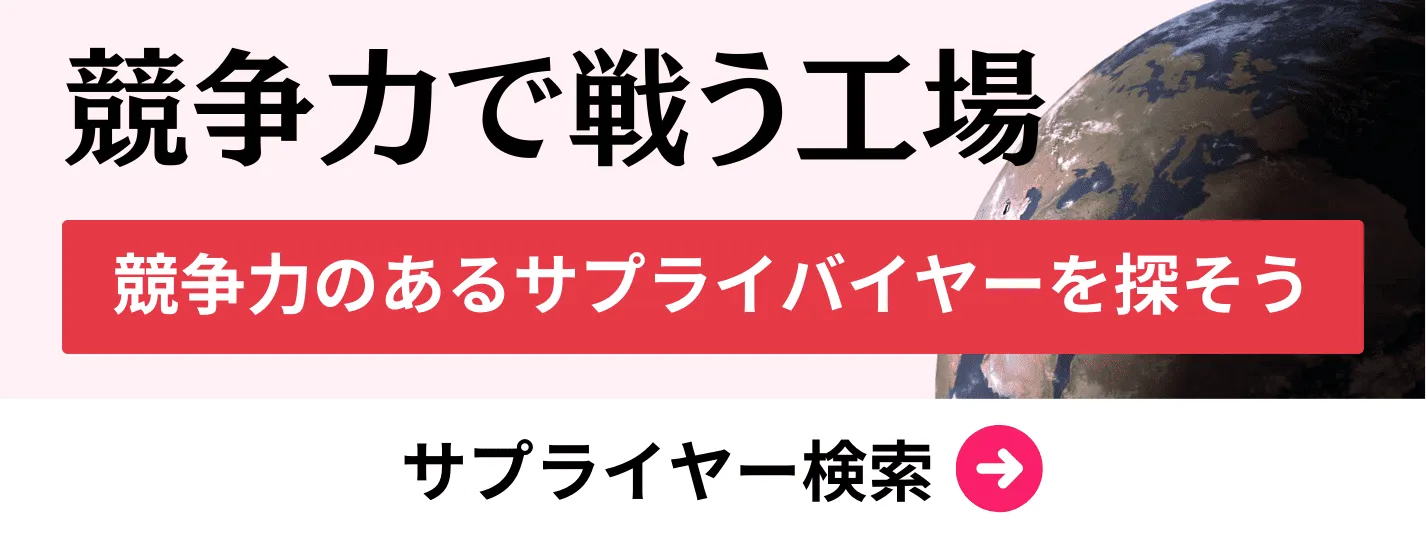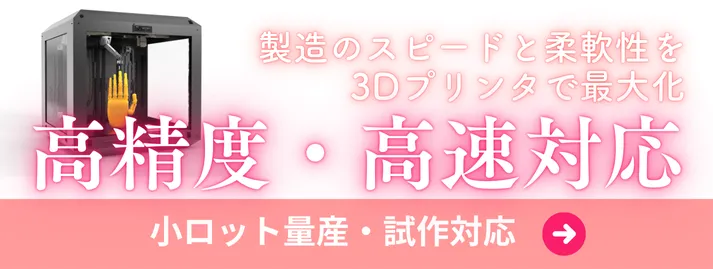- お役立ち記事
- Glove Manufacturing Process and Material Selection
月間76,176名の
製造業ご担当者様が閲覧しています*
*2025年3月31日現在のGoogle Analyticsのデータより

Glove Manufacturing Process and Material Selection

目次
Introduction to Glove Manufacturing
Gloves are an essential part of our daily lives, providing protection and comfort in various activities and industries.
From medical examinations to household chores, gloves serve as a barrier against harmful substances and ensure hygiene.
Understanding the glove manufacturing process and material selection can help us appreciate the complexity and care involved in producing these products.
The Glove Manufacturing Process
The process of manufacturing gloves involves several steps, each crucial in determining the quality and functionality of the final product.
Manufacturers must adhere to strict standards to ensure that gloves meet safety and performance expectations.
Design and Planning
The first step in glove manufacturing is the design and planning phase.
Designers consider various factors such as the intended use, industry standards, and user comfort.
They choose appropriate materials and finalize the design, ensuring it meets the required specifications.
Material Preparation
Once the design is finalized, the materials are prepared for production.
Depending on the type of glove, different materials like latex, nitrile, vinyl, or leather are selected.
The chosen material is then processed, ensuring it is free of defects and impurities that could compromise the glove’s performance.
Molding and Dipping
The prepared materials are then molded into the desired glove shape.
This can be achieved using ceramic or stainless steel molds.
The molds are dipped into the raw material, creating a uniform coating that forms the glove.
For some gloves, additional layers may be added through multiple dipping processes to enhance durability and protection.
Vulcanization and Curing
After the gloves are shaped, they undergo vulcanization and curing.
This process involves exposing the gloves to heat, which strengthens the material and enhances its elasticity.
Vulcanization is critical for gloves made from natural rubber, as it improves their resistance to wear and tear.
Leaching and Drying
Once cured, gloves undergo a leaching process to remove any remaining chemicals or impurities.
The gloves are washed and dried, ensuring they are safe for use.
This step is particularly important for medical and food-grade gloves to prevent contamination.
Chlorination and Polymer Coating
Chlorination is an optional step in which gloves are treated with chlorine to reduce their surface tack.
This makes the gloves easier to wear and remove, improving user comfort.
Alternatively, gloves may be coated with a polymer layer to enhance their feel and provide additional protection.
Quality Control and Inspection
Quality control is a critical aspect of glove manufacturing, ensuring that each glove meets industry standards.
Gloves undergo rigorous testing to check for defects, tears, and leakage.
Only those that pass these tests are packaged and prepared for distribution.
Material Selection for Gloves
The choice of material significantly impacts the performance and durability of gloves.
Different materials offer varying levels of protection, comfort, and flexibility.
When selecting materials for gloves, manufacturers consider the intended use and industry requirements.
Natural Latex
Natural latex gloves are popular for their elasticity and snug fit.
They provide excellent tactile sensitivity, making them ideal for medical and laboratory applications.
However, some individuals may be allergic to latex, necessitating alternative options.
Nitrile
Nitrile gloves are synthetic alternatives to latex, offering similar levels of comfort and protection.
They are highly resistant to punctures and chemicals, making them suitable for medical, laboratory, and industrial use.
Nitrile gloves are an excellent choice for those with latex allergies.
Vinyl
Vinyl gloves are made from synthetic PVC resins and are often more affordable than latex and nitrile options.
They provide adequate protection for light-duty tasks but may not offer the same level of durability.
Vinyl gloves are commonly used in food handling and non-hazardous tasks.
Leather
Leather gloves offer durability and protection and are commonly used in heavy-duty and outdoor applications.
They provide excellent heat resistance, making them ideal for welding, construction, and gardening.
Leather gloves are known for their comfort and long-lasting performance.
Neoprene
Neoprene gloves are made from synthetic rubber and offer excellent flexibility and resistance to chemicals and oils.
They are often used in laboratories, food processing, and cleaning tasks.
Neoprene gloves are an ideal choice for applications requiring chemical resistance and waterproofing.
Conclusion
The glove manufacturing process and material selection are vital in producing gloves that meet the demands of various industries and applications.
By understanding the steps involved in manufacturing and the properties of different materials, we can make informed decisions when choosing gloves.
Whether for professional or personal use, selecting the right gloves ensures safety, comfort, and optimal performance.
 資料ダウンロード
資料ダウンロード
QCD管理受発注クラウド「newji」は、受発注部門で必要なQCD管理全てを備えた、現場特化型兼クラウド型の今世紀最高の受発注管理システムとなります。
 ユーザー登録
ユーザー登録
受発注業務の効率化だけでなく、システムを導入することで、コスト削減や製品・資材のステータス可視化のほか、属人化していた受発注情報の共有化による内部不正防止や統制にも役立ちます。
 NEWJI DX
NEWJI DX
製造業に特化したデジタルトランスフォーメーション(DX)の実現を目指す請負開発型のコンサルティングサービスです。AI、iPaaS、および先端の技術を駆使して、製造プロセスの効率化、業務効率化、チームワーク強化、コスト削減、品質向上を実現します。このサービスは、製造業の課題を深く理解し、それに対する最適なデジタルソリューションを提供することで、企業が持続的な成長とイノベーションを達成できるようサポートします。
 製造業ニュース解説
製造業ニュース解説
製造業、主に購買・調達部門にお勤めの方々に向けた情報を配信しております。
新任の方やベテランの方、管理職を対象とした幅広いコンテンツをご用意しております。
 お問い合わせ
お問い合わせ
コストダウンが利益に直結する術だと理解していても、なかなか前に進めることができない状況。そんな時は、newjiのコストダウン自動化機能で大きく利益貢献しよう!
(β版非公開)









